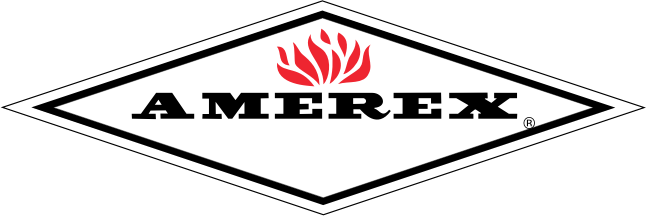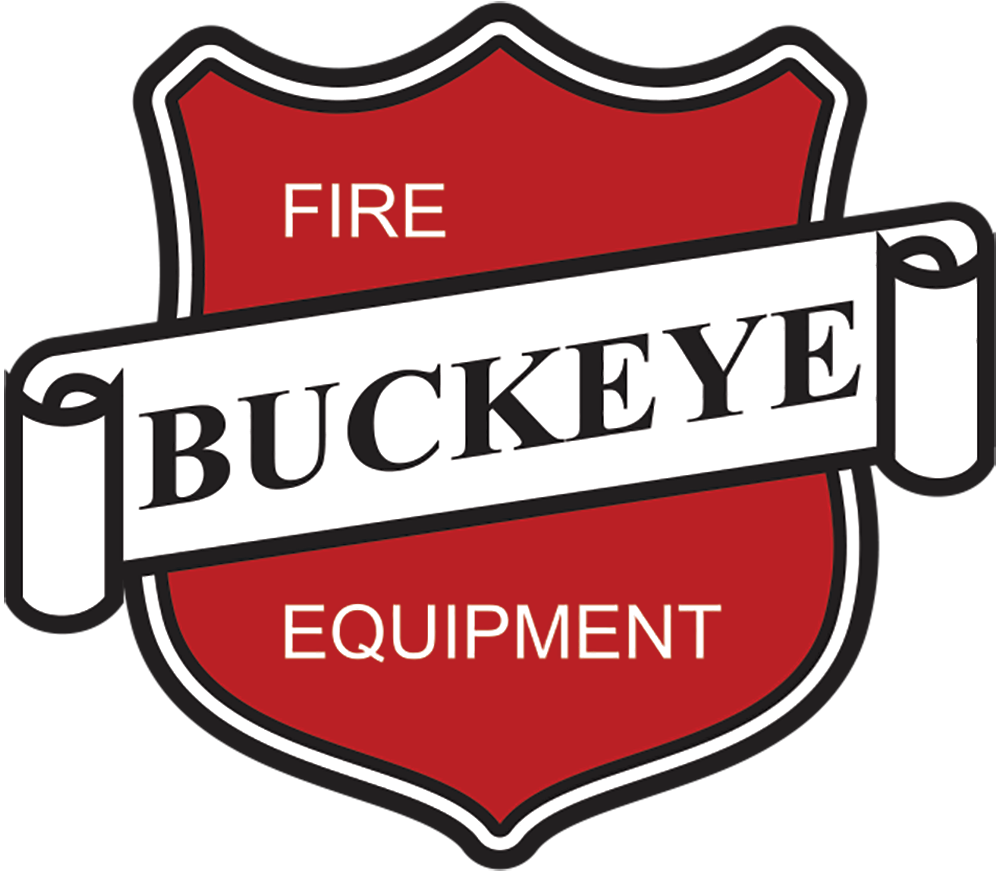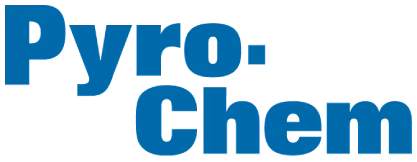Preventing fire emergencies is a constant priority for business owners and facility managers. Fortunately, technological advances are revolutionizing how commercial fire detection systems maintain workplace safety.
These innovations help mitigate fire risks and enable you to keep your employees, occupants, and other assets safe. Read on to learn about new trends in commercial fire detection systems and how they have revolutionized fire protection.
Multi-Detection Capabilities
As people incorporate fire detection systems in their buildings, they may think they only have the option of buying either smoke or carbon monoxide detectors. However, recent advancements have resulted in detectors with multi-detection capabilities that can recognize signs of smoke, high heat, and carbon monoxide all at once.
By processing multiple data streams, multi-detection systems can identify unique trigger combinations and provide users with a contextual understanding of what is occurring in their building. This accuracy reduces interruptions caused by false alarms while minimizing downtime for businesses.
Industries with sensitive operational environments, such as manufacturing plants or laboratories, significantly benefit from multi-detection systems. These facilities operate with equipment and materials that may generate smoke or heat under normal conditions, which could trigger false alarms in less sophisticated systems. Enhanced detection capabilities add precision to fire-risk identification, allowing businesses to seamlessly maintain safety without compromising workflow.
Earlier Warning Signals
Another new trend in commercial fire detection systems is the ability to provide early warnings of fires, which can significantly improve response times to potential threats. Advanced fire alarms continuously monitor environmental conditions while detecting fire hazards in their earliest phases.
Manufacturers build these early-warning systems to identify changes almost as soon as they occur, including minor fluctuations in the air caused by the beginnings of combustion. These systems send real-time alerts, allowing facility managers to address threats far sooner than previously possible.
This feature is especially important for data center facilities, warehouses, or health care institutions. Every second matters when protecting resources and lives. Early-warning systems help prevent severe damage by quickly notifying personnel to evacuate buildings or activate suppression measures before flames spread.
The Use of Cloud Technology

Cloud computing has had an impact on a variety of sectors, including the fire protection industry. Today, commercial fire detection systems can incorporate cloud technology, enabling faster communication and real-time access to fire safety data. These systems allow business owners and facility teams to monitor their fire safety infrastructure from virtually anywhere with an Internet connection.
Cloud-connected devices are especially valuable for businesses that manage fire detection across multiple locations. Facility managers or safety teams overseeing different campuses, factories, retail stores, or office buildings can monitor all systems in real time through a single interface. This eliminates the need to be physically present for routine checks or responses.
This technology also provides instant notifications of alarms on smartphones, tablets, or computers. Cloud-based platforms also enable in-depth data analytics, such as tracking historical fire event logs, analyzing system performance trends, and identifying maintenance needs.
Another key advantage of cloud technology is that it improves collaboration with emergency response teams. By sharing real-time data via the cloud, emergency responders receive actionable insights into the fire’s progression and critical zones before they arrive, improving response strategies and resource allocation.
Detectors That Work With Building Management Systems
Modern facilities rely on business management systems (BMS) to control heating, ventilation, lighting, and security systems. Fire detection technology can now work seamlessly with these systems, offering new levels of automation and efficiency.
The primary benefit of fire detection integration with BMS platforms is centralized control. Facility managers can monitor and control all interconnected systems through one unified dashboard, eliminating the need for multiple interfaces. For instance, if a fire alarm goes off, the integration automatically takes related precautionary measures, such as disabling elevators, opening emergency exits, and shutting down HVAC systems.
This integration also improves operational visibility, reducing a building’s overall energy consumption by customizing responses based on specific incidents. For instance, fire alarms integrated with occupancy sensors can adapt emergency lighting or ventilation settings to direct people safely toward evacuation routes.
For large-scale facilities such as airports, shopping malls, or hospitals, where multiple systems operate simultaneously, the fusion between fire detection and BMS allows for better management and faster responses, saving lives and minimizing potential damage.
AI Integration

Another form of technology that has had a worldwide impact is artificial intelligence, which has also entered the realm of fire safety and transformed fire detection and prevention methods. With the assistance of AI, users can rely on machine learning algorithms to review patterns, historical data, and environmental conditions to predict possible fire threats.
AI-driven fire detection systems possess predictive capabilities, meaning they monitor temperature, air quality, and equipment performance anomalies that indicate potential hazards. Unlike traditional detectors that activate alarms only during fire events, AI preempts threats by recognizing precursor conditions.
By utilizing this technology, high-risk environments such as factories, power plants, and industrial facilities can experience fewer fire-related emergencies. AI also enhances alarm diagnostics by improving accuracy. Advanced algorithms differentiate between actual risks and normal environmental changes, reducing the frequency of false alarms.
The system continuously learns by studying fire-related triggers, adapting its responses for accuracy and reliability. This learning process enables AI-based fire detection mechanisms to identify common patterns and proactively address vulnerabilities in a facility.
Management teams benefit from the insights AI provides. Comprehensive dashboards display real-time analysis of maintenance needs, risk levels, and system performance. Managers can also make smarter fire safety decisions with the help of cutting-edge technology and data-driven predictions.
Keep Your Fire Protection Systems Up-To-Date
These advancements in fire detection technology have significantly strengthened commercial safety standards and enabled companies to obtain solutions that address unique needs. By adopting features such as multi-detection sensors, cloud-based platforms, and AI-driven insights, business owners and facility managers can maintain high levels of safety while improving operational efficiency.
You can enhance your organization’s safety level by partnering with Hedrick Fire Protection, a reliable provider of commercial fire alarm installation services. Our team can provide a high-quality installation as well as testing services, so your detection system stays reliable in the event of a fire emergency.



